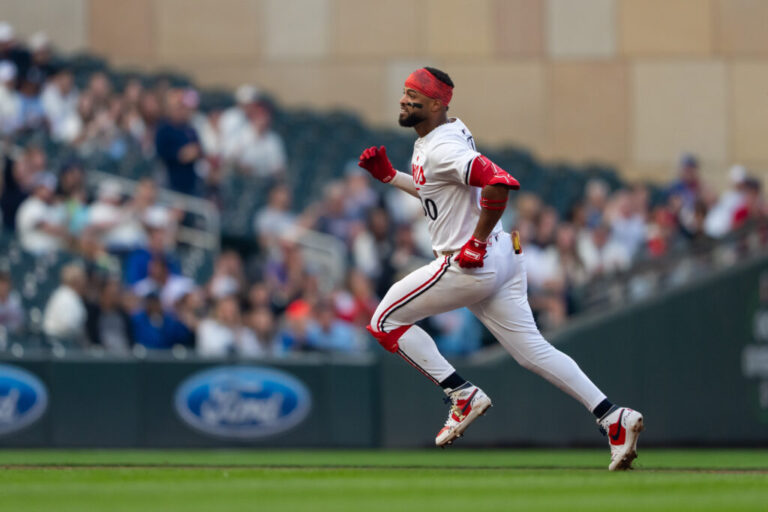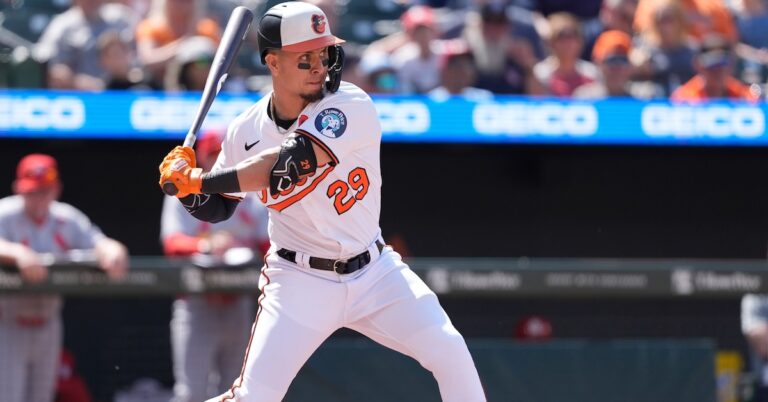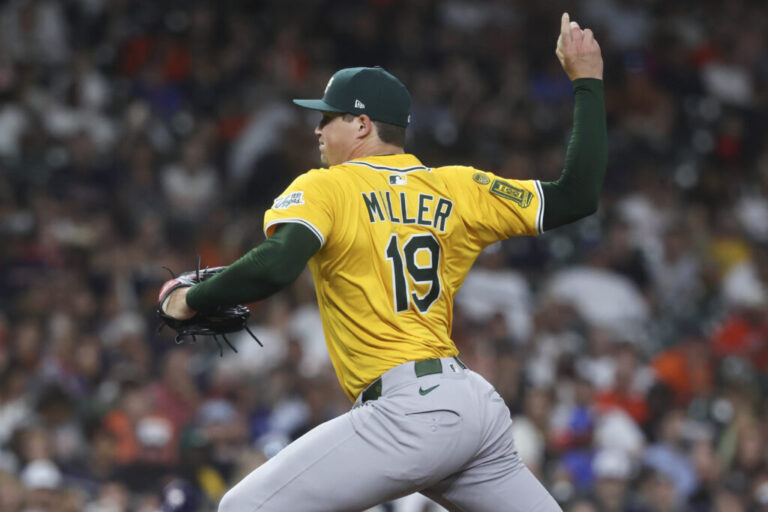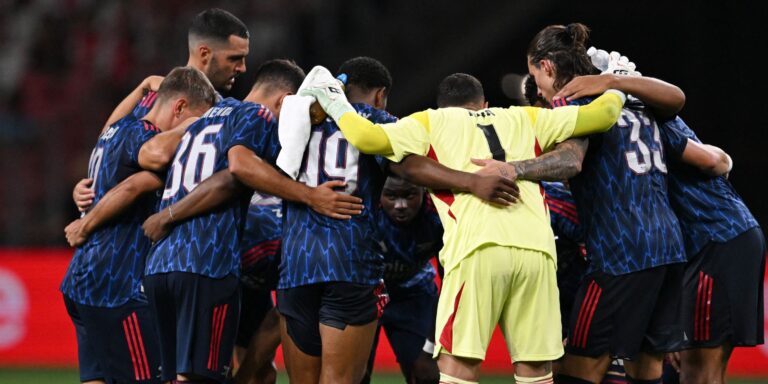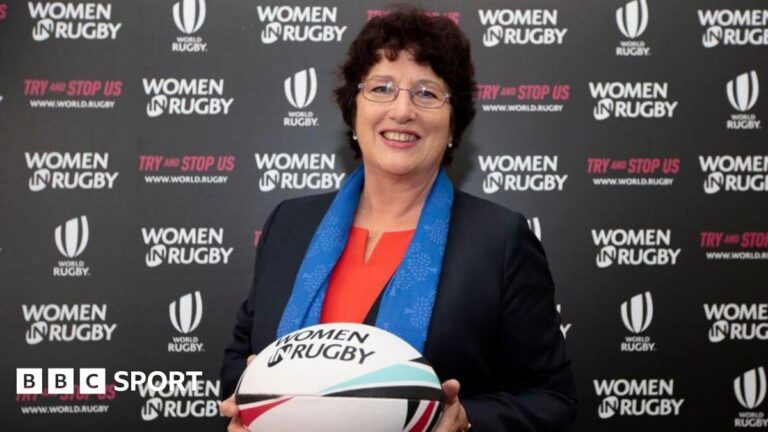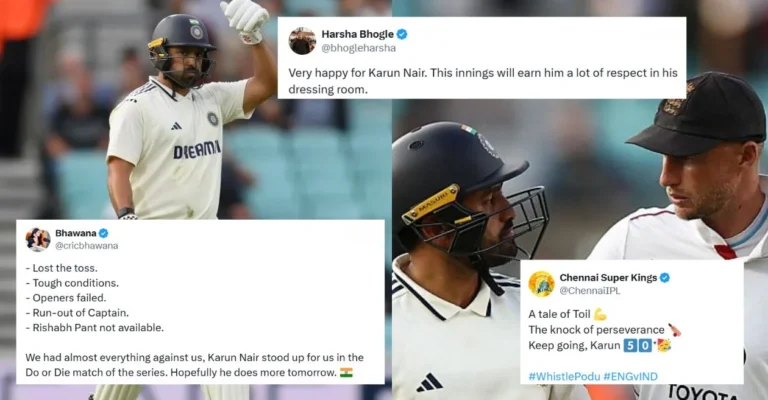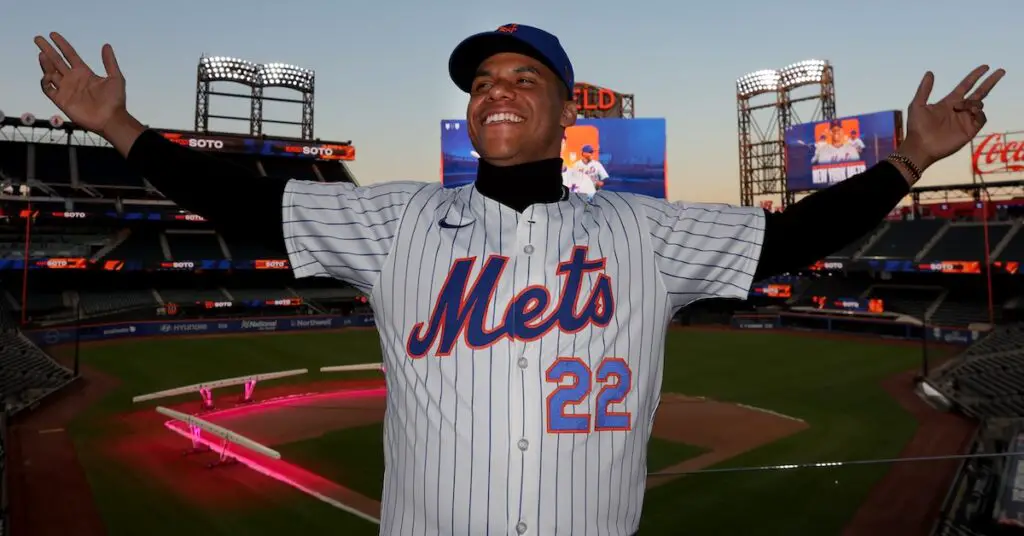

As of the time I’m writing this article, roughly half of our Top 50 free agents have signed new contracts this offseason. That sounds like a great time to take a look at how the market has developed, both for individual players and overall positional archetypes. For example, starting pitchers have been all the rage so far, or so it seems. But does that match up with the data?
I sliced the data up into three groups to get a handle on this: starters, relievers, and position players. I then calculated how far off both I and the crowdsourced predictions were when it came to average annual value and total dollars handed out. You can see here that I came out very slightly ahead of the pack of readers by these metrics, at least so far:
Predicted vs. Actual FA Contracts, 2024-25
| Category | Ben AAV | Crowd AAV | Ben Total $ | Crowd Total $ |
|---|---|---|---|---|
| SP | -$2.8M | -$3.0M | -$16.9M | -$16.8M |
| RP | -$0.2M | -$1.7M | -$6.4M | -$9.4M |
| Hitter | -$1.1M | -$1.6M | -$17.5M | -$17.9M |
| Overall | -$1.9M | -$2.4M | -$16.3M | -$16.7M |
To be fair, none of us have done particularly well. The last two years I’ve run this experiment, I missed by around $1 million in average annual value, and the crowd missed by between $1 and $2 million. Likewise, I’ve missed by roughly $10 million in average annual value per contract, with the crowd around $18 million. This year, the contracts have been longer than I expected, and richer than you readers expected, though you did a much better job on a relative basis when it came to predicting total dollar outlay. We were all low on every category, though, across the board.
That’s not the only way of looking at things, though. If you’d like, you could focus on the absolute value of misses. For example, consider my projections for Juan Soto and Willy Adames. I predicted an average annual value of $48 million for Soto, $3 million too low. I predicted an average annual value of $29 million for Adames, $3 million too high. In the market for hitters as a whole, I was bang on – but I missed by $3 million in each case, merely in opposite directions. Absolute value everything, and our average misses look close to identical – my idiosyncratic adjustments from average haven’t done me any good. It’s done me a lot of harm, in fact, thanks to Gleyber Torres’s pillow contract:
Predicted vs. Actual FA Contracts (Absolute Value), 2024-25
| Category | Ben AAV | Crowd AAV | Ben Total $ | Crowd Total $ |
|---|---|---|---|---|
| SP | $4.5M | $4.3M | $21.4M | $20.8M |
| RP | $0.5M | $1.7M | $6.4M | $9.4M |
| Hitter | $2.8M | $2.8M | $35.3M | $28.3M |
| Overall | $3.5M | $3.5M | $25.6M | $23M |
I think that those conclusions alone are quite interesting. The biggest thing that’s gone on this winter is that contract average annual values have been much higher than expected. Don’t beat yourself up over that miss, crowd, because you’re not alone. I collected predictions from three other leading outlets, and thus far, we’re both doing better than that control group in terms of getting AAVs right. The picture is less clear when it comes to total guaranteed dollars; we’re both middle of the pack there.
The point of all of this data crunching: If there’s one thing to say about this year’s free agency class, it’s that players are getting more per year, and more overall, than the last few years have conditioned us to expect. I’m not sure why that’s the case, and I’d also like to wait until more of the top free agents have signed to get a better read. It’s at least feasible, though I haven’t tested this hypothesis yet, that the free agents who sign earlier in the offseason are the ones whose market exceeded everyone’s expectations, their own included, and that the rest of the winter will bring values down somewhat.
It’s also feasible that we all just missed, period. Baseball is an ongoing, booming business. Some recent offseasons have featured huge uncertainty – post-COVID hangover, CBA negotiations, uncertain future of sports networks, and so on. This year, that’s mostly in the past. The TV network fallout is still ongoing, but teams at the very least have more certainty about what will happen. Perhaps being slightly more confident in the future is leading teams to spend more money in the present.
Another possibility: Soto’s contract just broke things. Remove Soto’s contract, and everyone’s total dollar guarantee predictions improve markedly. Here’s a Soto-less table:
Predicted vs. Actual FA Contracts (No Soto), 2024-25
| Category | Ben AAV | Crowd AAV | Ben Total $ | Crowd Total $ |
|---|---|---|---|---|
| SP | -$2.8M | -$3.0M | -$16.9M | -$16.8M |
| RP | -$0.2M | -$1.7M | -$6.4M | -$9.4M |
| Hitter | -$0.9M | -$1.1M | $1.6M | $0.1M |
| Overall | -$1.9M | -$2.2M | -$9.3M | -$10.1M |
Predicted vs. Actual FA Contracts (Absolute Value, No Soto), 2024-25
| Category | Ben AAV | Crowd AAV | Ben Total $ | Crowd Total $ |
|---|---|---|---|---|
| SP | $4.5M | $4.3M | $21.4M | $20.8M |
| RP | $0.5M | $1.7M | $6.4M | $9.4M |
| Hitter | $2.8M | $2.4M | $18.2M | $11.4M |
| Overall | $3.5M | $3.4M | $19.0M | $16.5M |
Now we’re really cooking. I think it’s at the very least defensible to treat Soto’s contract separately from the rest of the market. It’s weird to lump Paul Goldschmidt’s one-year deal and the largest contract in professional sports history together when it comes to grading forecasts; they’re clearly different animals.
If you exclude Soto, another pattern emerges: Both sets of predictions fared quite well on average annual values given to marquee free agents, but missed the length of these deals, often considerably. On the other hand, both sets of predictions were quite good at mid-tier free agents, the types who populate the back end of the top 50. This makes sense to me – we have far more data points on guys like these. What do aging first basemen get? We all basically know. Tandem catchers? Platoon DHs? Non-closer relievers? Ditto. We know how the game values these players, and therefore, their contracts are easier to estimate. Max Fried’s deal has far fewer comps, just by the nature of how few players are as good as him when they reach free agency.
Could the data be used to further improve contract predictions? In theory, that’s what’s already happening, but it didn’t exactly help me this year. In fact, I spent quite a while trying to adjust my initial projections for this year downward. They just didn’t match up with the past two years of outlays, even after adjusting for the caliber of players hitting free agency this year. In the end, I adjusted my estimates down a bit but left them much higher than last year’s. It appears that many of you did the same. That worked out quite well – a market-based estimate that anchored heavily on last year’s contracts would have done quite poorly this time around.
One frustration I had in working up the data: I wasn’t sure how to handle contracts where we ended up with markedly different predictions for length relative to the actual contract signed. Consider making a one-year, $20 million prediction for a player who eventually signs a three-year, $30 million deal. It’s strange to view that as a low estimate for total dollars. If anything, it seems like too high an estimate. You’d think that a player who could make $20 million in one year could probably exceed $30 million for three years, so when he signs that three-year, $30 million deal, it feels like you overestimated his value.
I’m working on some type of way to normalize contract predictions to the actual length signed. I want it to be objective, consistent, and based solely on the actual contract players signed, rather than using projections or anything like that. In other words, I want a simple function that translates every prediction without knowing anything about the actual player, strictly the contract I (or the crowd) predicted and the one they actually signed. I’m brewing up a few ideas, but if you have any, please feel free to drop them in the comments here or notify me however you’d like – Bluesky, Twitter, my chat, yelling at me when you pass me in the street, whatever tickles your fancy.
Finally, some takeaways in bullet point form:
- Pitchers are getting paid this winter.
- Soto set a new standard for contracts, and no one saw the exact extent of his deal coming.
- The first few contracts signed were all much higher than predicted, but those few free agents might have set the high water mark for this year.
- There are still 20ish deals left to sign for the purposes of this exercise.
- Give yourself a pat on the back – you, the crowd, did very well in predictions.
- Also give me a pat on the back for the best AAV predictions, and Kiley McDaniel of ESPN a pat on the back for the best total contract value predictions.
- Finally, check back in the spring for a fuller accounting of how things turned out.
